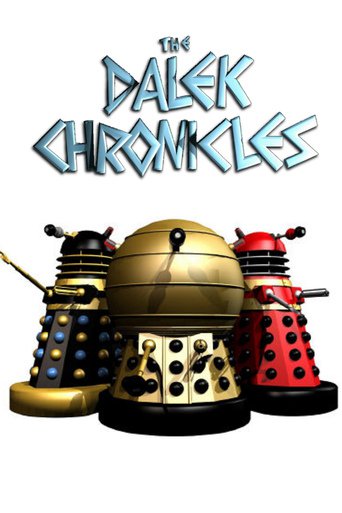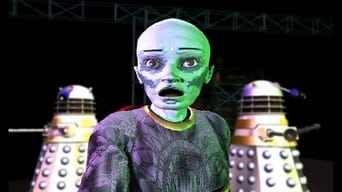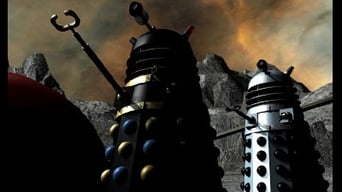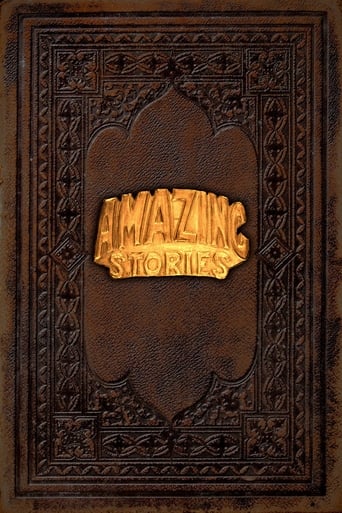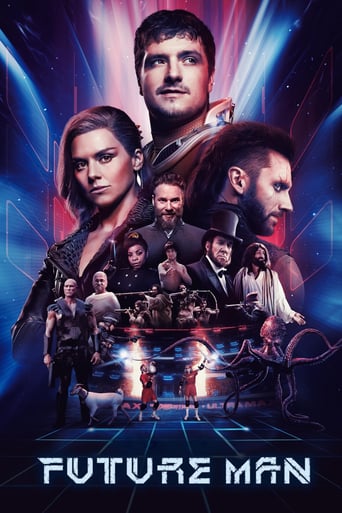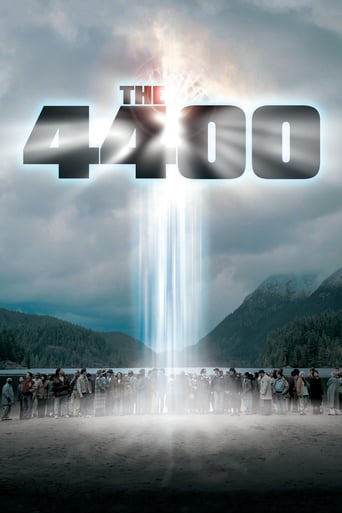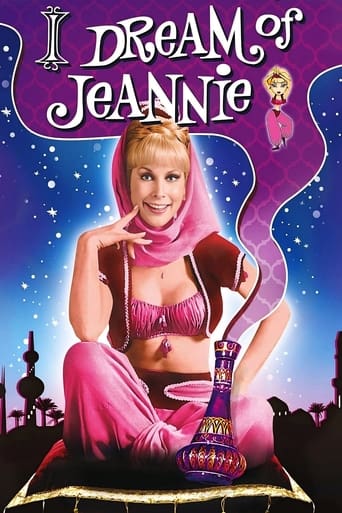The Dalek Chronicles (2004)
The Dalek Chronicles
2004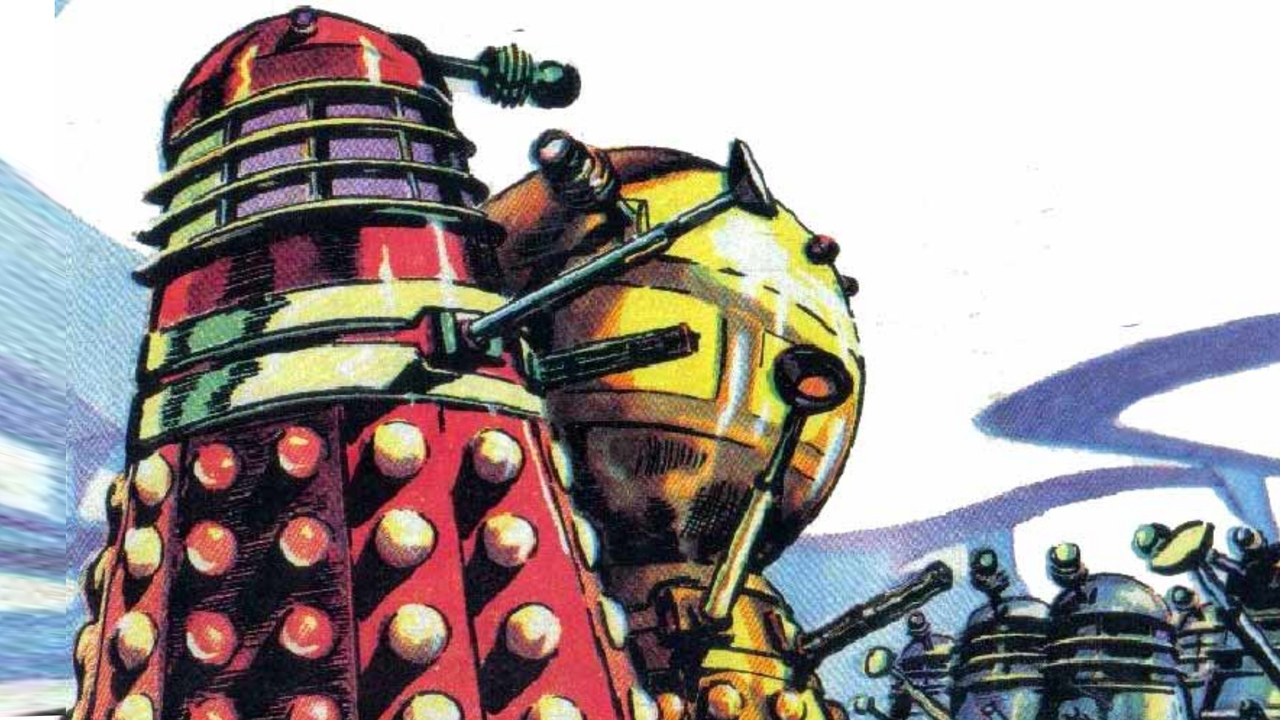
On 23rd January 1965, the Daleks made their first appearance in their own full colour comic strip on the back page of the lavish new children's weekly comic TV Century 21. Written largely by David Whitaker, who was the series' original script editor, and illustrated by such legendary comic strip artists as Richard Jennings, Ron Turner and Eric Eden, this popular one-page strip ran for 104 instalments, and finally concluded on the brink of the Daleks' planned attack on the inhabitants of Earth. These strips have been reprinted many times in Dalek Annuals and other Doctor Who-related books, plus Doctor Who Weekly, Doctor Who Monthly and Doctor Who Classic Comics, as well as being issued complete and in colour as a special edition magazine. Because of the difference between a comic strip and a video feature, a certain amount of adaptation was inevitable. If the stories had been transferred exactly as written, then each one would have lasted only about five minutes and been so breathlessly fast-paced as to be virtually incomprehensible. However, so, the adaptations where made as sympathetic to the source material as possible, expanding the original story only in the name of atmosphere, deeper characterisation and the occasional crowd-pleasing reference or in-joke. If the strip contradicts information contained in the TV series (and it does), then that contradiction remained and no attempt was made to reconcile the two... Equally, no matter how bad, embarrassing or unDalek-like a line of dialogue may be, it remained as it featured in the original strip. Added to this, wherever possible the animations and stills where based on the key frames from the strip and all design was based on the images seen in those panels. The aim was to bring the strips to life, not change them into something else. The adaptations were released on VCD between 2004 and 2011
Seasons & Episode
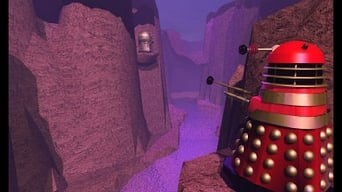
Zeg is a lowly Dalek worker in the inventions factory, until his casing is transformed into an almost indestructible alloy. Filled with a sense of his own power, he challenges the Emperor's authority. The only solution is to pit Zeg's strength against the Emperor's brains in a deadly duel out in the wastelands of Skaro.

The fourth story, The Amaryll Challenge, details the Daleks first journey into space and their first landing on a new world. Unfortunately, they don't impress the local intelligent plant life of the planet Alvega quite as they had hoped. Did you expect anything else?

Power Play sees alien slave traders arrive on Skaro, but the Daleks have their sites set on the traders' spaceship. With rebellion brewing amongst the slaves and the Emperor plotting behind the scenes, can anything stop the Daleks from mastering the secrets of space flight and conquering the galaxy?
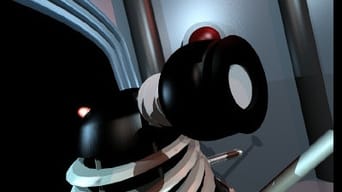
The fifth instalment of The Dalek Chronicles sees the Daleks returning to Skaro to combat a deadly cloud of rust that threatens to destroy their entire race. Not one of the better known stories in the sequence, and possibly one of the most underrated, this tale introduces us to the Dalek hoverbouts and shows us more of the Black Dalek, who was first introduced in Duel of the Daleks.

In the sixth story, the Daleks land on the planet Solturis declaring peace and friendship. It's an unlikely claim, but the locals have no reason to disbelieve - apart from old Lurr, who has seen a vision of the future showing destruction and slavery beneath the Daleks. But who will listen to his claims?
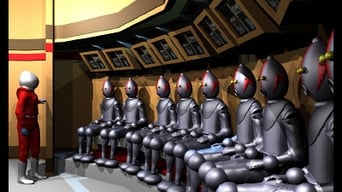
The seventh instalment of The Dalek Chronicles sees the Daleks getting well and truly pasted by the Monstrons. The Monstrons totally destroy the Daleks' city and nearly wipe out the Dalek race - not bad considering there are only two of them, and an army of their distinctly retro-looking Engibrain robots. This strip marked the last full outing for strip artist Richard Jennings who was replaced by Ron Turner part way through the next strip Eve of the War.
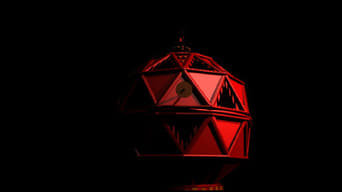
Eve of the War sees the Daleks coming up against the cunning Mechanoids for the first time as the Daleks’ expanding empire encroaches on Mechanoid space. The Mechanoids are content to study the reactions of these strange new creatures, but the Daleks force a more aggressive response and the battle lines are soon drawn between the two species...
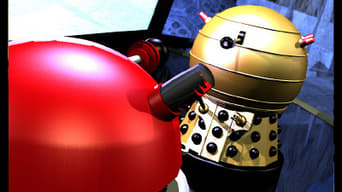
The Terrorkons - ferocious reptilian predators that live in the Lake of Mutations. They provide a natural defence barrier for the Dalek City. But when one of their number steals a Dalek missile, the survival of the Dalek race is suddenly plunged into jeopardy.
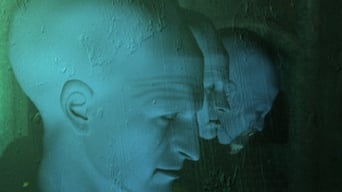
Frozen in ice for thousands of years, three humanoid Daleks are about to awaken... to find their planet of Skaro ruled by Yarvelling’s inventions. But these original Daleks guard a secret, one that must never fall into the hands of their cybernetic descendants...

What happens when a Dalek rediscovers the beauty of the natural world? The Emperor, Red Dalek and Black Dalek are about to find out as a new and terrible sickness sweeps through the Dalek city on Skaro...

The Jevoans must reach the planet Arides to stop the deadly mutated plants there releasing a dust of death across the galaxy, but between Jevo and Arides lies Skaro, homeworld of the Daleks...

When an Earth spaceship is forced down onto the surface of Skaro, the Daleks move ever closer to learning the location of Earth... This is the exciting final instalment of The Dalek Chronicles..
On 23rd January 1965, the Daleks made their first appearance in their own full colour comic strip on the back page of the lavish new children's weekly comic TV Century 21. Written largely by David Whitaker, who was the series' original script editor, and illustrated by such legendary comic strip artists as Richard Jennings, Ron Turner and Eric Eden, this popular one-page strip ran for 104 instalments, and finally concluded on the brink of the Daleks' planned attack on the inhabitants of Earth. These strips have been reprinted many times in Dalek Annuals and other Doctor Who-related books, plus Doctor Who Weekly, Doctor Who Monthly and Doctor Who Classic Comics, as well as being issued complete and in colour as a special edition magazine. Because of the difference between a comic strip and a video feature, a certain amount of adaptation was inevitable. If the stories had been transferred exactly as written, then each one would have lasted only about five minutes and been so breathlessly fast-paced as to be virtually incomprehensible. However, so, the adaptations where made as sympathetic to the source material as possible, expanding the original story only in the name of atmosphere, deeper characterisation and the occasional crowd-pleasing reference or in-joke. If the strip contradicts information contained in the TV series (and it does), then that contradiction remained and no attempt was made to reconcile the two... Equally, no matter how bad, embarrassing or unDalek-like a line of dialogue may be, it remained as it featured in the original strip. Added to this, wherever possible the animations and stills where based on the key frames from the strip and all design was based on the images seen in those panels. The aim was to bring the strips to life, not change them into something else. The adaptations were released on VCD between 2004 and 2011
Watch Trailer
Free Trial Channels


